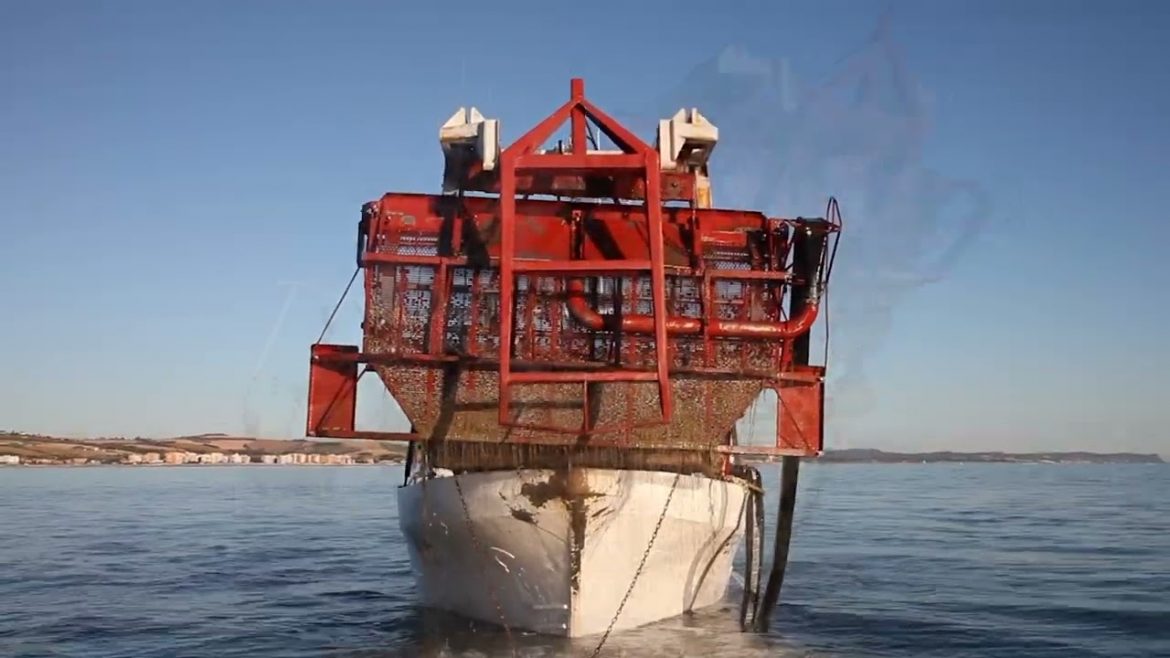A study led by Global Fishing Watch (GFW) and published in Nature has found that 75% of the world’s industrial fishing vessels, mainly operating in Africa and south Asia, are “dark” or not publicly tracked.
The study also found that more than a quarter of the activity of transport and energy vessels is also missing from public tracking systems, it found.
While fishing decreased globally by 12% over the study period of 2017-2021 due to the Covid pandemic, the research showed that the number of offshore structures at sea grew rapidly, with wind turbines surpassing the number of oil structures in 2021.
According to findings of the study, China’s offshore wind energy has increased ninefold since 2017, while the biggest offshore wind developers in Europe – the UK and Germany – saw an increase of 49% and 28% respectively.
The analysis of ocean industrialisation reveals hotspots of potential illegal activity, including industrial fishing vessels encroaching on artisanal fishing grounds or other countries’ waters. It shows “dark” fishing vessels inside marine protected areas, including, on average, more than 20 a week in the Great Barrier Reef and five a week in the Galápagos Islands, two of the most well-monitored and biologically important reserves in the world.
Read also: UH trains future agri-scientists to outsmart climate change threats to food crops
“A new industrial revolution has been emerging in our seas undetected – until now,” said David Kroodsma, the director of research and innovation at GFW and co-lead author of the study. “On land, we have detailed maps of almost every road and building on the planet. In contrast, growth in our ocean has been largely hidden from public view. This study helps eliminate the blind spots and shed light on the breadth and intensity of human activity at sea.”
Kroodsma said that the open data, technology and mapping used in the study will be freely available, heralding a new era in ocean management and transparency. It could help with estimates of greenhouse gas emissions at sea, or with tracking marine degradation caused by oil pollution, he said.
Researchers from GFW; the University of Wisconsin-Madison; Duke University; University of California, Santa Barbara; and SkyTruth analysed 2m gigabytes of satellite imagery between 2017 and 2021 to detect vessels and offshore infrastructure in coastal waters across six continents, where 75% of industrial activity is concentrated.
By combining GPS data with years of radar and optical imagery, from the European Space Agency and others, they were able to identify vessels that failed to broadcast their positions, and by using AI they were able to estimate which were likely to be engaging in fishing activity.
Story was adapted from the Guardian.
